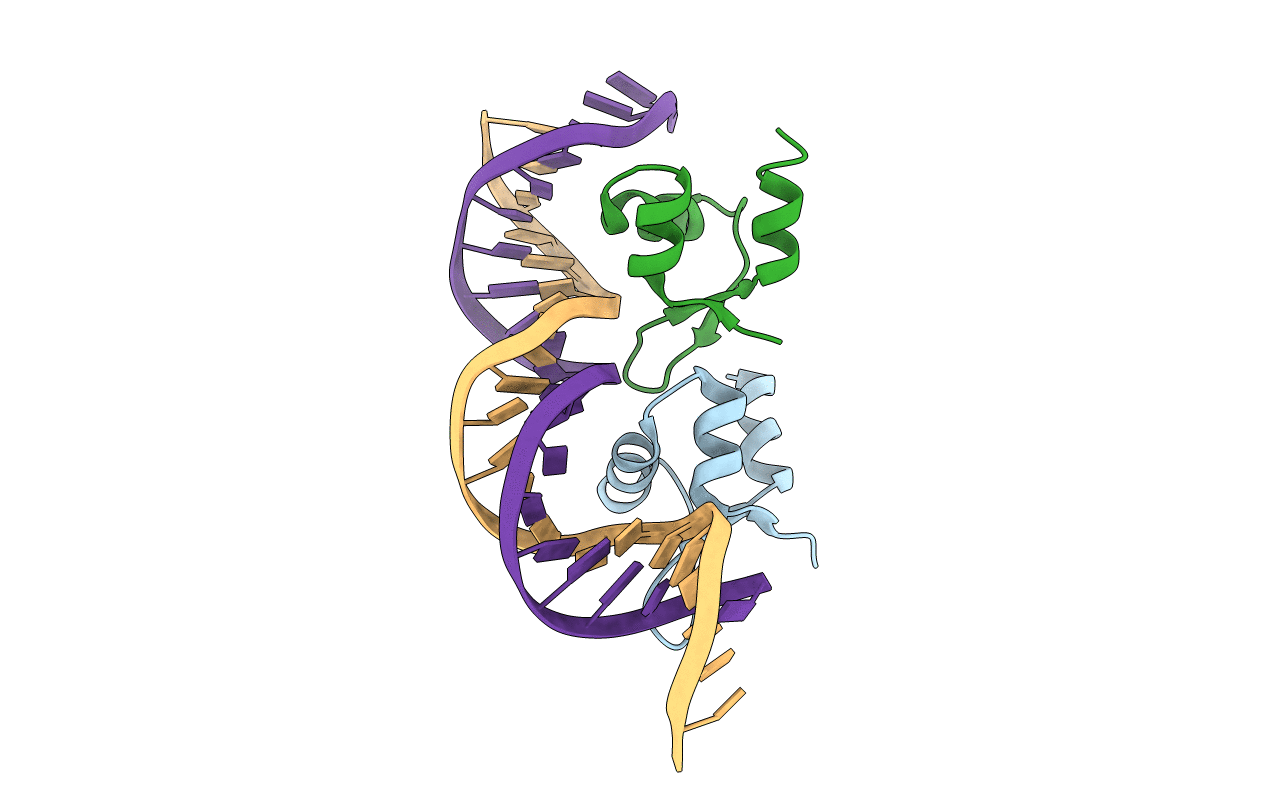
Deposition Date
2017-08-09
Release Date
2018-03-28
Last Version Date
2024-10-16
Entry Detail
PDB ID:
6AMK
Keywords:
Title:
Structure of Streptomyces venezuelae BldC-whiI opt complex
Biological Source:
Source Organism:
Streptomyces venezuelae (Taxon ID: 54571)
synthetic construct (Taxon ID: 32630)
synthetic construct (Taxon ID: 32630)
Host Organism:
Method Details:
Experimental Method:
Resolution:
3.29 Å
R-Value Free:
0.26
R-Value Work:
0.22
R-Value Observed:
0.22
Space Group:
P 61 2 2


